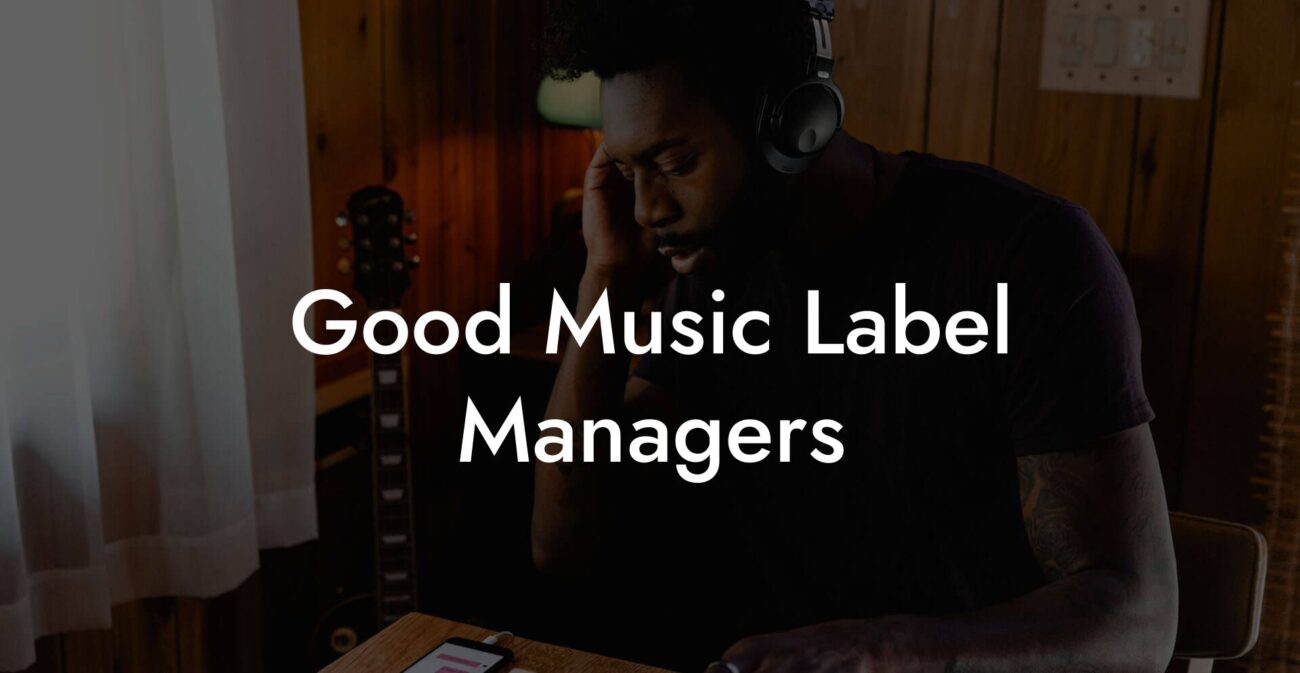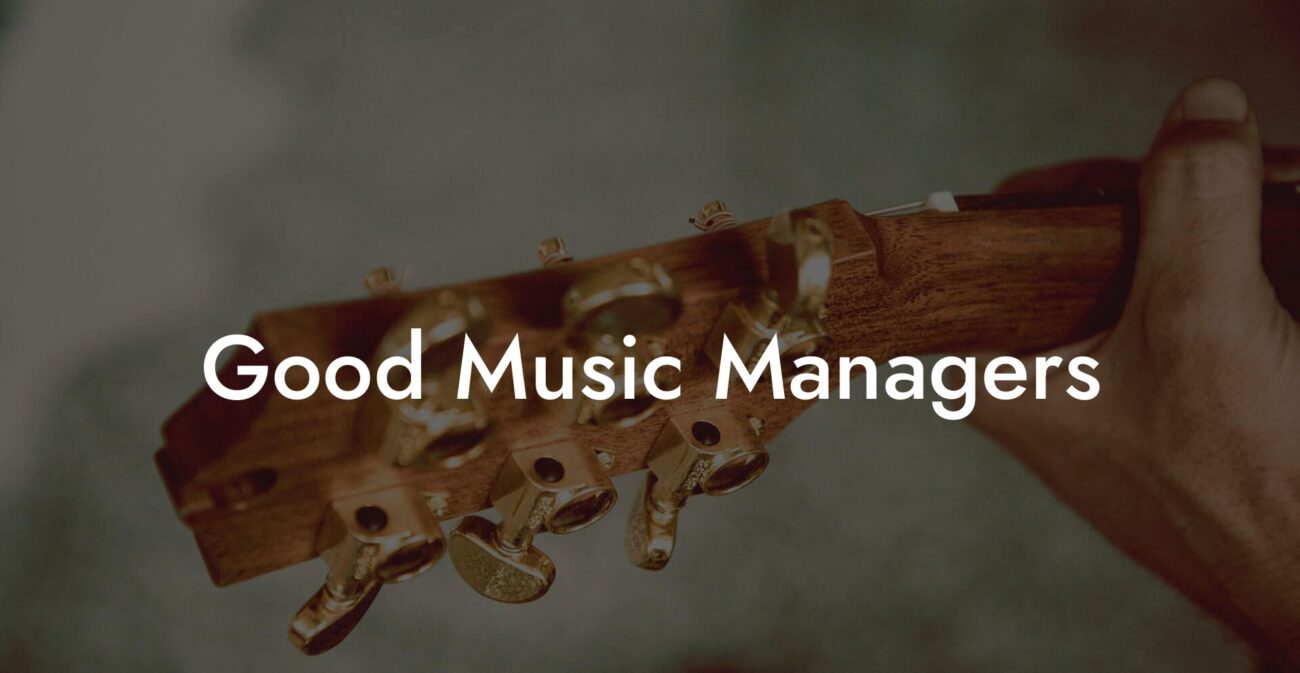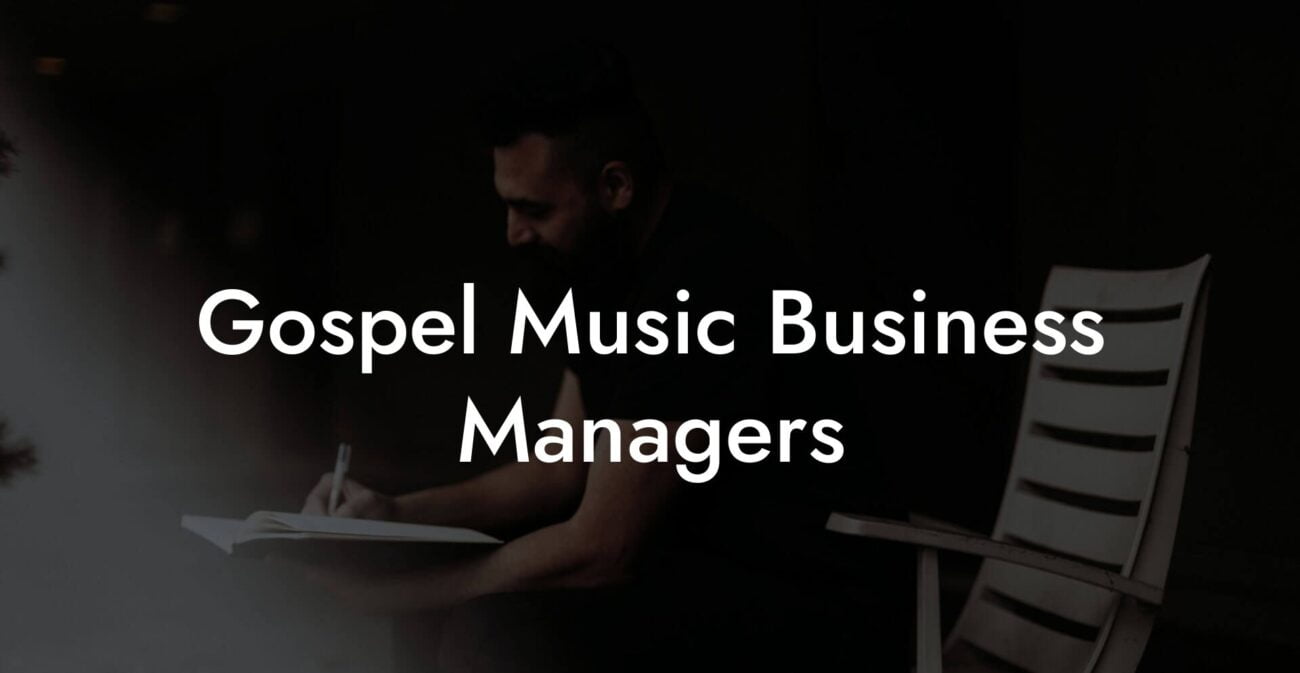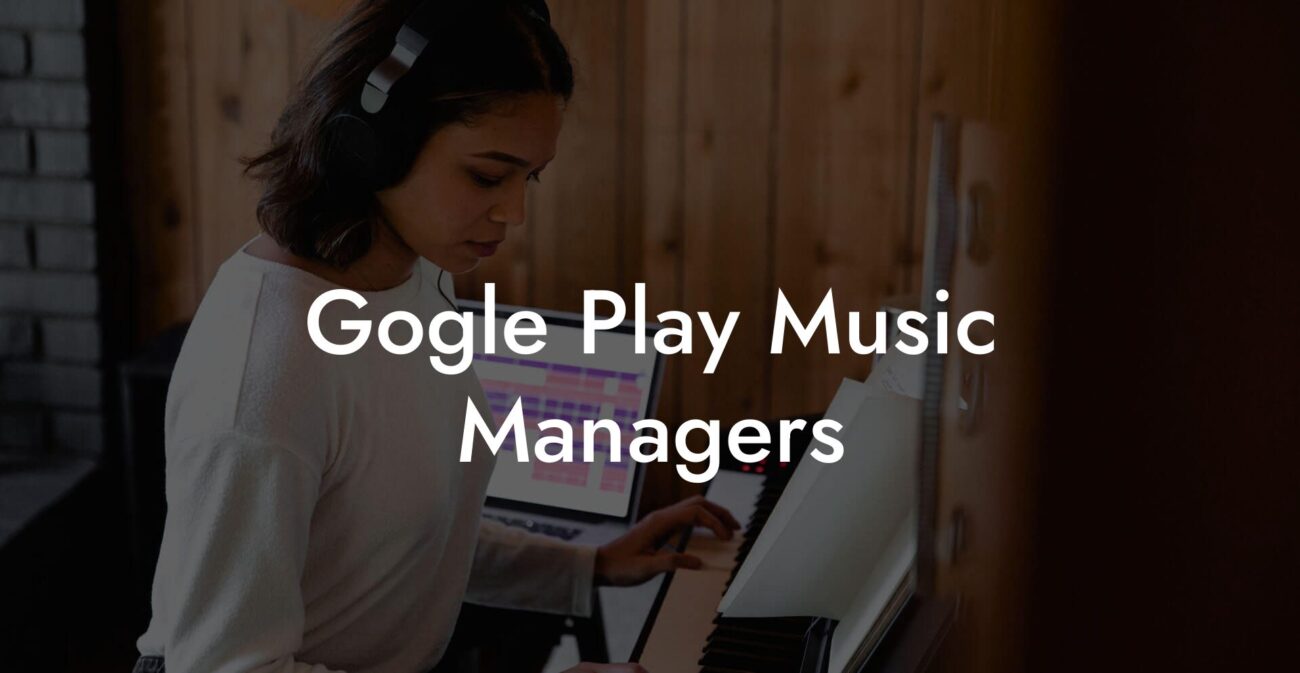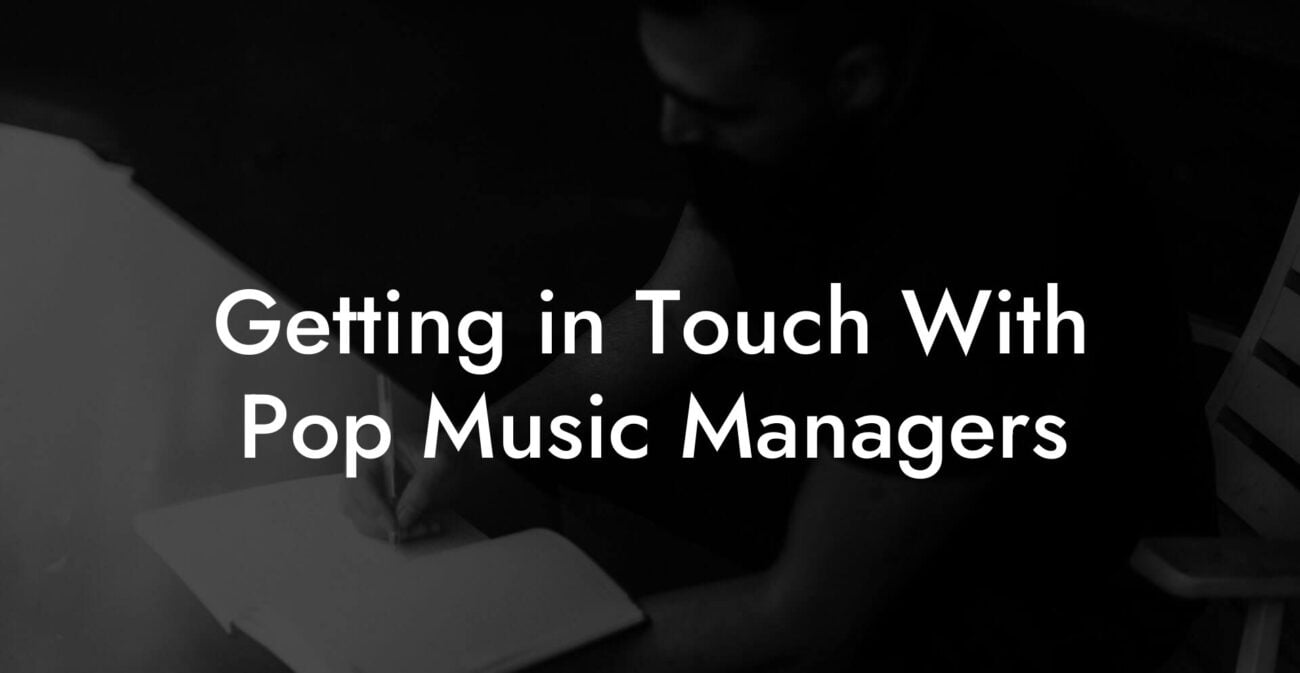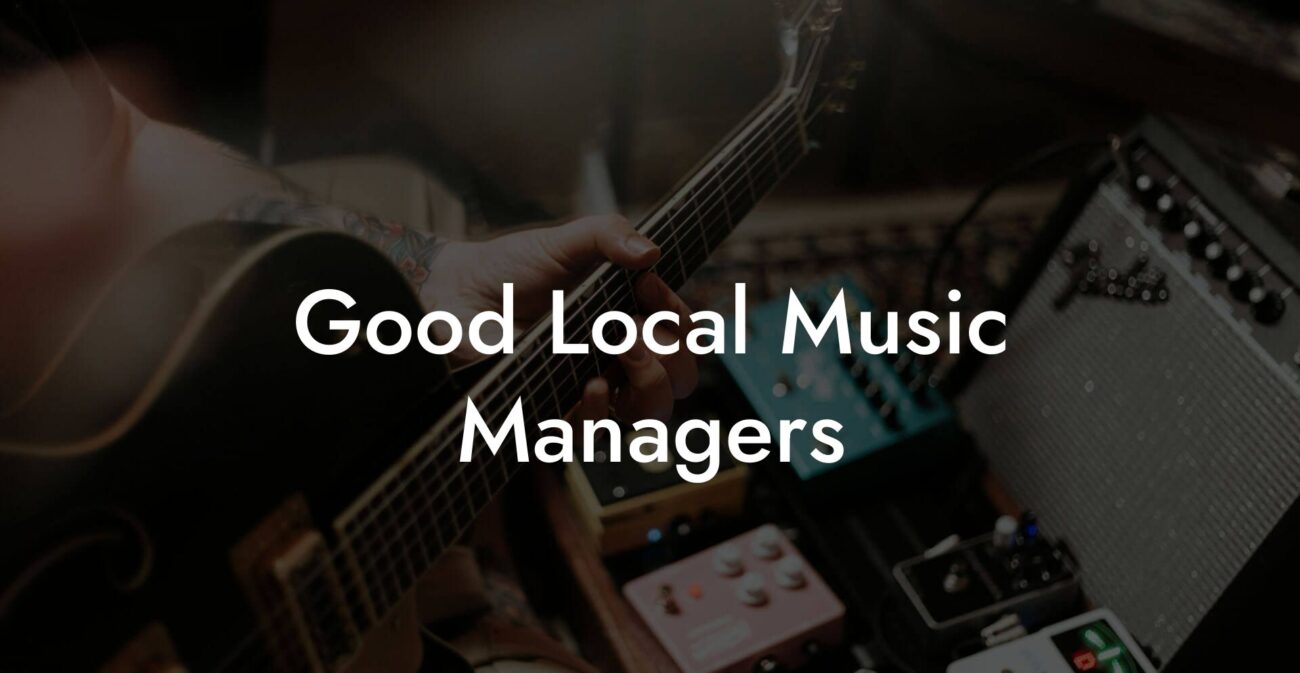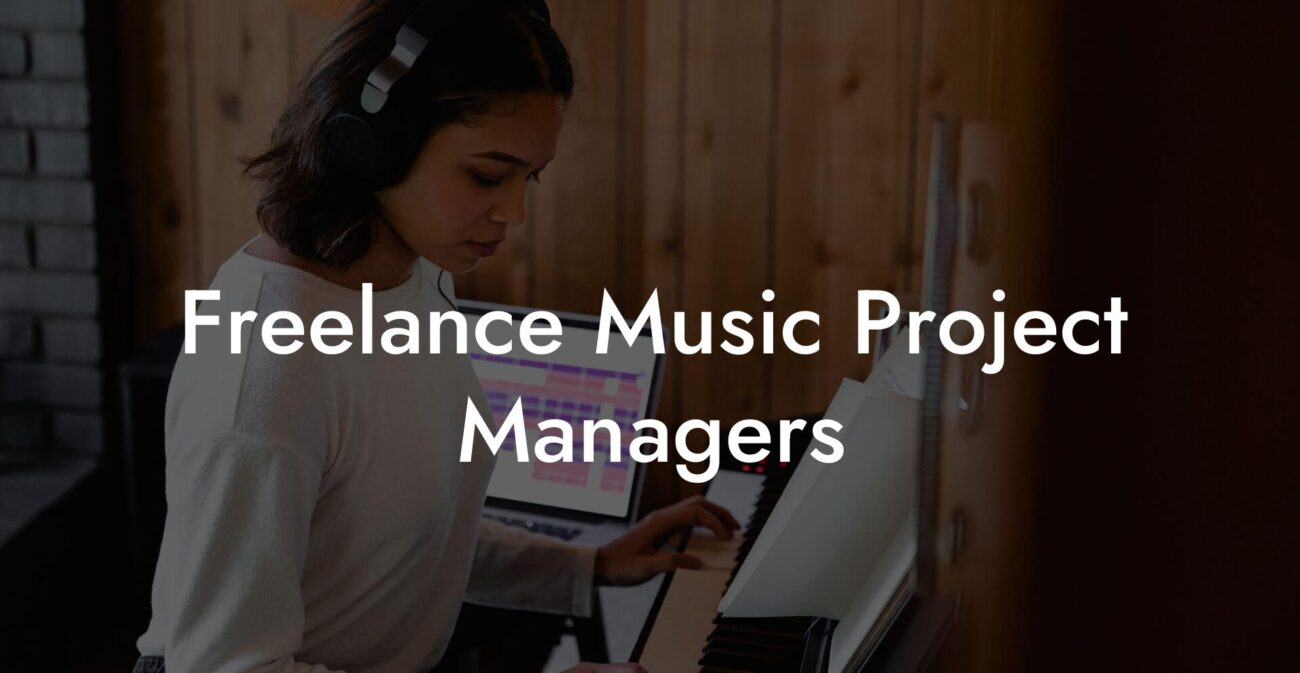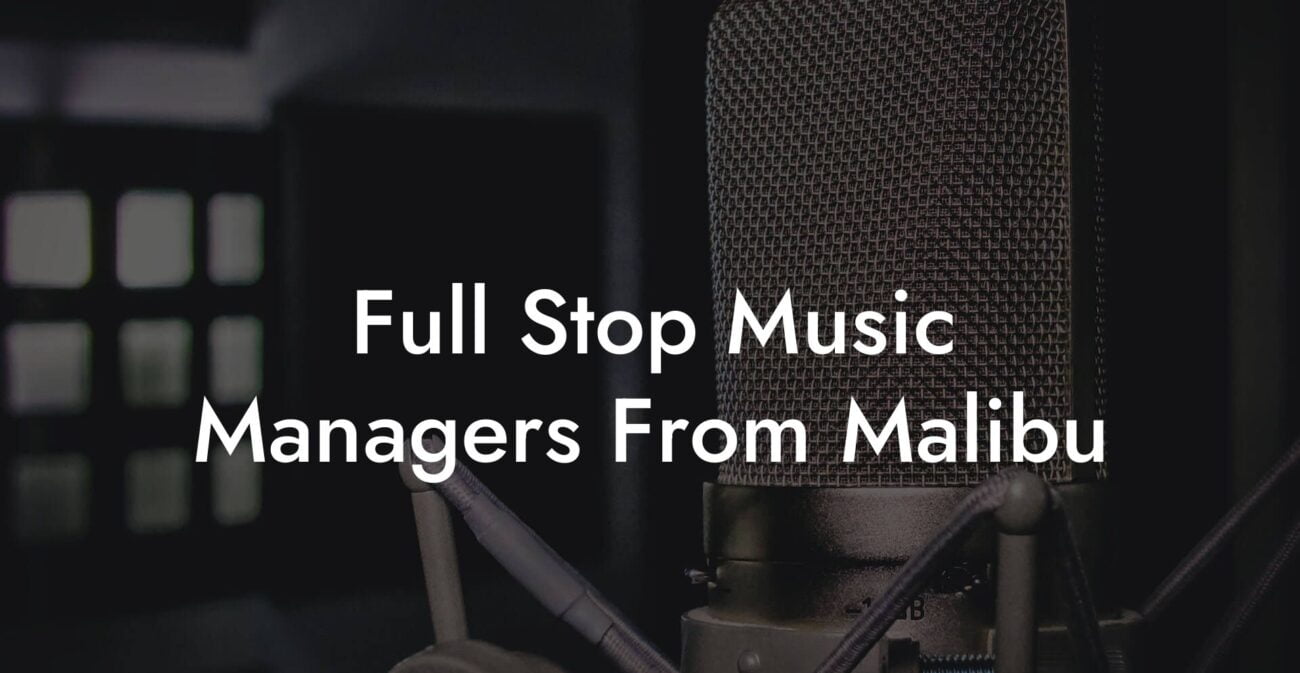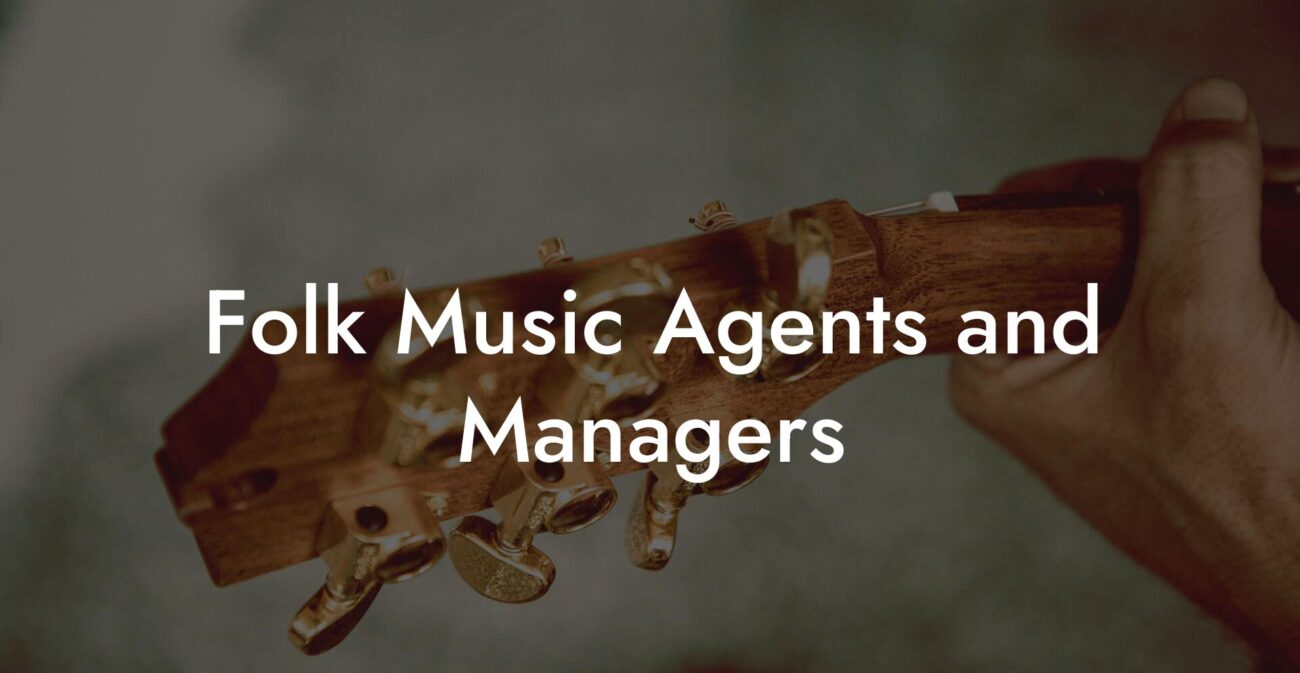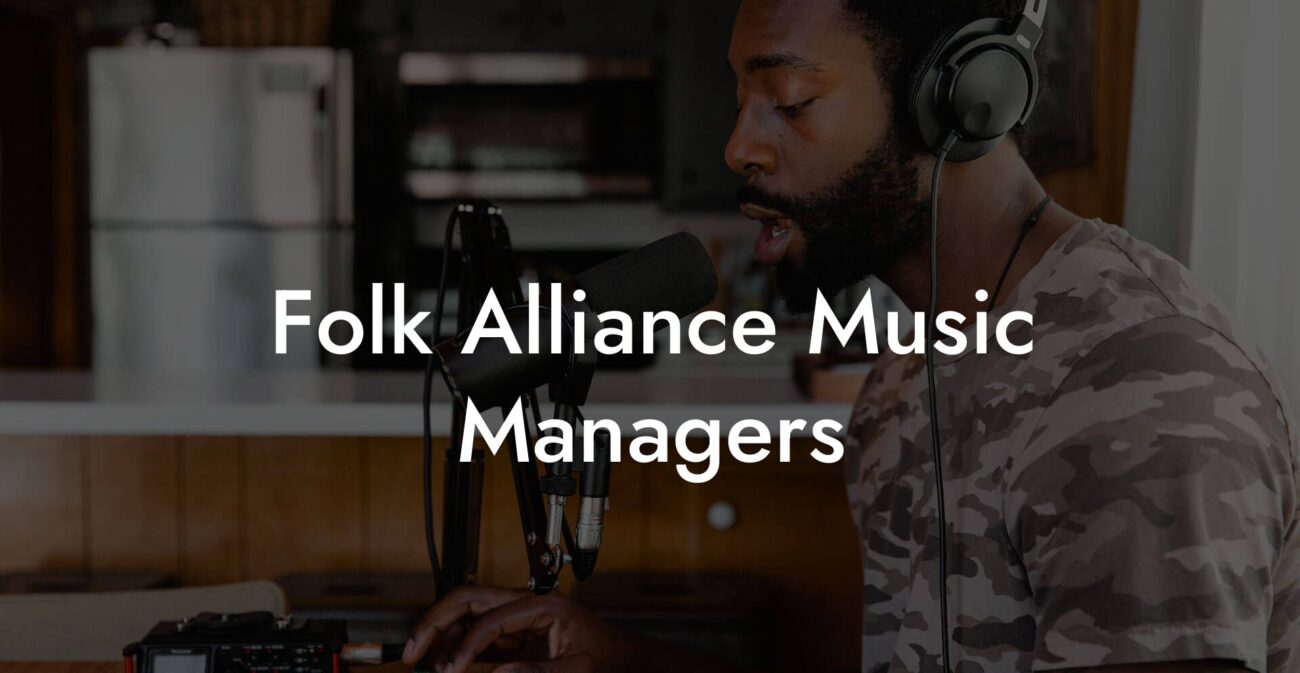Songwriting Advice
How To Write A Good Melody
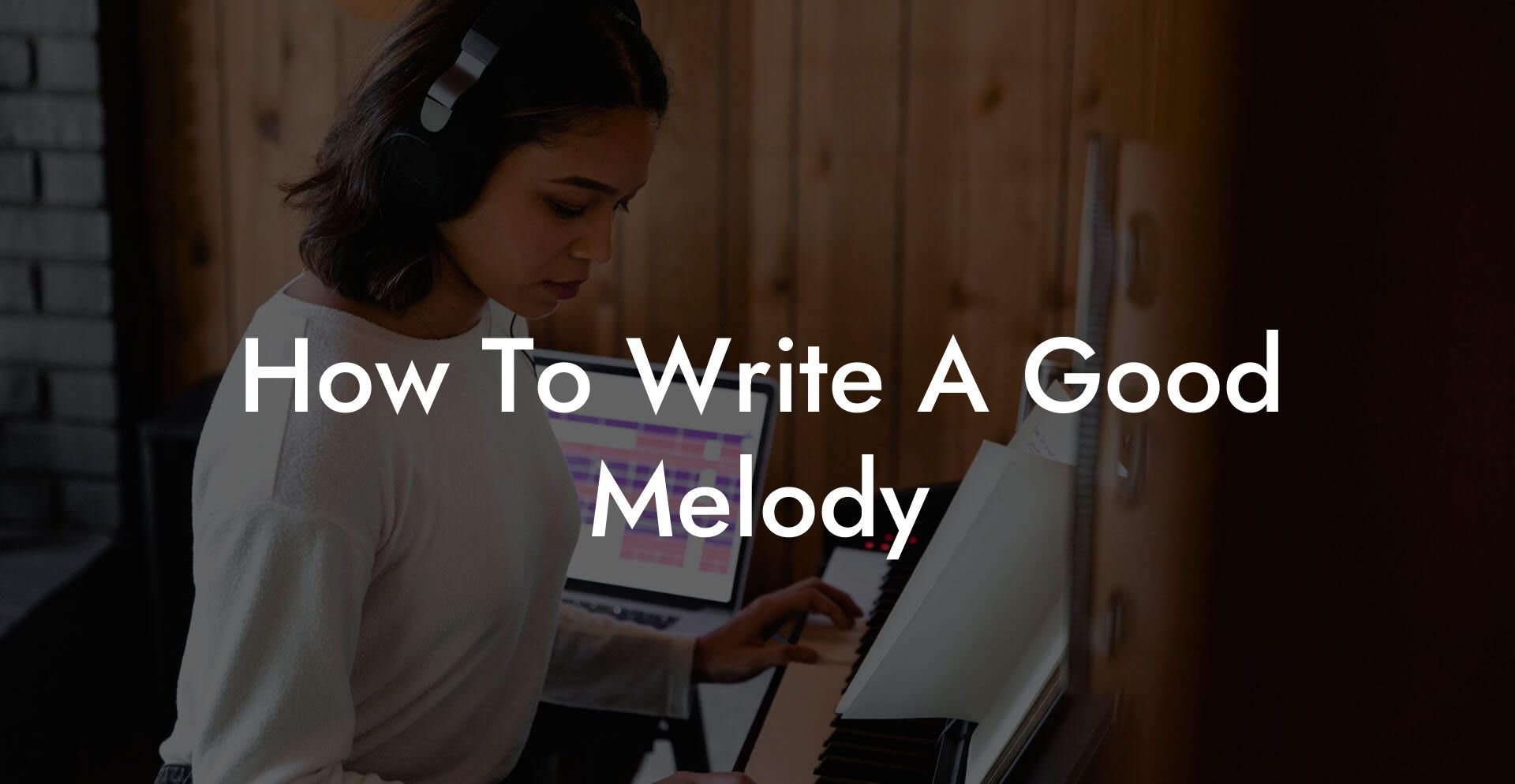
You want a melody that people hum in the shower and then credit to their badly behaved memory. You want lines that feel obvious the second they arrive and risky enough to be interesting. A good melody is the voice of the song. It is the emotional elevator pitch that takes a stranger and turns them into a repeat listener.
Quick Interruption: Ever wondered how huge artists end up fighting for their own songs? The answer is in the fine print. Learn the lines that protect you. Own your masters. Keep royalties. Keep playing shows without moving back in with Mom. Find out more →
Quick Interruption: Ever wondered how huge artists end up fighting for their own songs? The answer is in the fine print. Learn the lines that protect you. Own your masters. Keep royalties. Keep playing shows without moving back in with Mom. Find out more →
Quick Links to Useful Sections
- What Is A Melody
- Why Melody Matters More Than You Realize
- Core Elements Of A Good Melody
- Contour
- Rhythm
- Interval
- Range
- Motif
- Repetition And Variation
- Tension And Release
- Prosody
- Practical Melody Writing Workflows
- Vowel First Workflow
- Motif Expansion Workflow
- Call And Response Workflow
- Exercises To Train Your Melodic Instinct
- The Two Minute Vowel Sprint
- The Cold Mirror Drill
- The Phone Text Trick
- Sing With Other Voices
- Melody Meets Harmony
- Chord Tones Versus Non Chord Tones
- Scales And Modes
- Melody Guide Tones
- Prosody And Lyrics
- Melody Diagnostics That Save Hours
- Common Melody Mistakes And How To Fix Them
- Too Many Notes
- Range That Is Unsingable
- Melody That Follows The Chords Too Closely
- Lyrics That Fight The Melody
- How To Make Hooks That Stick
- Production Tips For Melodies
- Finish Your Melody With A Repeatable Workflow
- Before And After Melody Edits
- Examples You Can Steal And Adapt
- How Much Music Theory Do You Need
- Frequently Asked Questions
This guide is for hustling songwriters, bedroom producers, rappers who secretly love a good sing, and anyone who finds themselves stuck with a chord progression and no idea where to put the sweet stuff. Expect practical workflows, short timed drills, real world analogies, and a handful of rude truths to get your melody out of the parking lot and into the playlist.
What Is A Melody
A melody is a sequence of musical notes arranged in time that a listener recognizes as a coherent line. Think of it like a sentence in a conversation. The words are the notes and the rhythm is the speech pattern. A melody tells an emotional micro story. It can be a long slow confession or a tiny chant that refuses to go away.
Simple scenario: You are waiting for your friend and they send a text that says I am on my way. The melody version of that sentence is the way you say it with tone and timing. Same words different feeling. That is what melody does for lyrics. It gives shade, weight, and mood.
Why Melody Matters More Than You Realize
Producers will talk about drums and mixing. Managers will scream about playlists. None of that matters if the melody is forgettable. Melodies are the part of songs that survive compressed audio and bad Bluetooth speakers. Melodies are what people sing in taxis. They are the thing that becomes a ringtone and then an earworm that refuses to leave.
Real life moment. On the subway a stranger will often hum a tune to themselves. If that tune is your melody you win. If they hum a Taylor Swift hook you go back to square one and maybe write another song about how you hate the subway.
Core Elements Of A Good Melody
Good melodies combine a handful of musical ideas. You can master each idea with focused practice. The core elements are contour, rhythm, interval, range, motif, repetition and variation, tension and release, and lyric prosody. Below we break each into simple concepts with relatable examples.
Contour
Contour is the overall shape of the melody. Is it mostly ascending? Mostly descending? Does it wobble like a drunk person? Contour is how the ear draws a line through your notes. A memorable melody often has a clear shape so the listener can sing it back after one listen.
Relatable example. Imagine drawing a route on a map from your home to a coffee shop. If the route is a clear curve people will remember the shape. If the route is a messy doodle they will forget the way. Contour gives the route to the ear.
Rhythm
Rhythm is how your melody moves in time. Rhythm answers when notes land and for how long they hold. Two melodies can use the same notes and feel completely different because of rhythm.
Real life example. Think of texting someone I miss you. Read it with a quick rhythm and it might sound casual. Read it with long notes and it becomes dramatic. That is rhythm doing emotional heavy lifting.
Interval
An interval is the distance between two notes. Intervals can be small like a step from one note to the next or big like a leap that jumps multiple notes. Leaps create attention. Steps create comfort.
Practical note. A leap into the hook is a classic move. It makes the ear say oh here is the part you have to pay attention to. But too many leaps make a melody hard to sing and therefore hard to remember. Balance is the money word.
Range
Range is the span from the lowest note to the highest note in your melody. Your voice will limit the practical range. A melody that sits mostly in the safe range of most listeners is more likely to be sung back by fans.
Relatable scene. If you write a chorus that lives at the top of Mariah Carey territory expect a lot of failed bathroom solos. If the melody sits in a comfortable range it will travel with people through karaoke and brunch.
Motif
A motif is a short musical idea that repeats and becomes a signature. Motifs are the little ear hooks. They can be melodic, rhythmic, or both. Hooks often grow from motifs.
Think about the way a friend always starts a story with the same uh so guess what This repeated little starter becomes part of their personality. A motif is that starter line but with notes.
Repetition And Variation
Repetition helps memory. Variation keeps repetition from going deaf. A strong melody usually repeats a motif but changes one detail to keep the listener interested. That change could be a different last note, a rhythmic tweak, or a harmony shift.
Scenario. Imagine your favorite coffee order. If the barista makes it the exact same way every time you will like the predictability. If they change one thing like froth pattern you notice. Your melody needs that same balance.
Tension And Release
Tension is musical disagreement. Release is resolution. Good melodies move between these states so the listener feels a push and then a satisfying answer. Tension can come from climbing intervals, unresolved notes, or rhythm that delays the expected landing.
Relatable example. Holding a high note one beat too long in the chorus is like pausing at the top of a roller coaster and then dropping. The drop feels better because of the pause.
Prosody
Prosody is how your lyrics naturally stress with your melody. It is where the natural spoken emphasis falls on the musical strong beats. A melody that ignores prosody will sound awkward even if the notes are pretty.
Real world example. If you try to sing the phrase coffee and your melody stresses the and you will sound like you are selling grammar. Align the natural speech stress with the musical stress and the line breathes.
Practical Melody Writing Workflows
Here are workflows that work whether you have a DAW, a ukulele, a cheap keyboard, or an app that hums back at you. These methods help you generate usable melody ideas fast.
Vowel First Workflow
- Play your chord loop or simple progression repeatedly.
- Sing nonsense syllables on vowels like ah oh oo for two minutes. Do not think. Record it.
- Listen and mark the parts that made you want to stop and hum. Those are your gestures.
- Replace vowels with words that match the stresses. Check prosody. Adjust.
Why it works. Vowels are the shape of the note. Words can sometimes fight the shape. By finding the melodic shape first you avoid forcing awkward text into a good melody.
Motif Expansion Workflow
- Write a two to four note motif. Keep it rhythmic and repeatable.
- Repeat it three times with small changes each time. Change the last note, the rhythm, or the octave.
- Build a larger phrase by combining two motifs like sentence fragments.
- Place your title or hook line on the strongest note in the bigger phrase.
Why it works. The motif gives you a fingerprint. Expanding it maintains identity while allowing the melody to breathe and grow.
Call And Response Workflow
- Write a short vocal call. Keep it simple.
- Design a response phrase that answers the call. The response can echo, invert, or complete the idea.
- Use call for verses and response for chorus or vice versa.
Real world example. A barista calling out a name and a customer replying with a thumbs up is a call and response. Music uses the same human interaction to create engagement.
Exercises To Train Your Melodic Instinct
Practice beats talent. Here are drills that build melodic muscles fast. Timed drills force decisions and stop you from overthinking which kills magic.
The Two Minute Vowel Sprint
Set a timer for two minutes. Play a loop and sing only on vowels. Do four rounds with a short break between each. Save the best gestures. Repeat daily for a week.
The Cold Mirror Drill
Sing a melody while looking at yourself in a mirror. If your facial expression does not match the feeling of the line change either the melody or the wording. The face will reveal if you are lying to the song.
The Phone Text Trick
Write the lyric line as if it is a text message to a friend. Then sing it with a melody. If the line feels like an honest message the melody will support it. If it sounds forced rewrite the lyric or the line rhythm.
Sing With Other Voices
Record the lead. Sing the same line in a second pass with a different vowel shape or slightly higher pitch. Listen to how a simple harmony can make the melody feel richer. Use harmony to test whether the melody stands up alone.
Melody Meets Harmony
Melody and chords are friends that sometimes argue. Knowing how chords affect melody will save you from notes that feel wrong even if they are technically in the scale.
Chord Tones Versus Non Chord Tones
Chord tones are notes that belong to the underlying chord. They feel stable. Non chord tones create movement or tension because they do not sit inside the chord. Using non chord tones wisely can make your melody more interesting.
Practical tip. Place stable chord tones on strong beats and use non chord tones on weak beats to create movement. That creates a sense of arrival when the chord tone lands on the downbeat.
Scales And Modes
Scales are sets of notes arranged by pitch. Modes are scale types with different flavor. The major scale feels bright and safe. The minor scale feels sad or moody. Modes like Dorian or Mixolydian give subtle colors that can make a melody stand out.
Explain like your cousin. If major is vanilla and minor is chocolate, modes are salted caramel or matcha. They give familiar shapes new personality.
Melody Guide Tones
Guide tones are notes that tell your ear where the harmony is going. They can be the third or the seventh of a chord. Using guide tones in your melody helps the listener feel the harmonic direction even when the chords are sparse.
Prosody And Lyrics
Prosody was mentioned earlier and it will save your song from sounding like a karaoke quiz. Align natural speech stress with the melody. If the word you want to emphasize falls on a weak beat rewrite the sentence or move the note.
Example. The line I left my keys on the counter. The natural stress is keys and counter. Put those words on strong beats or longer notes. If you place keys on a quick weak beat the line will feel rushed and the emotional point will fail.
Melody Diagnostics That Save Hours
If your melody is not working try this checklist. Each item is a fix that has saved careers and ruined a small number of egos.
- Singability. Can an ordinary person sing this on a bus without injuring their throat. If not bring the range down.
- Contour clarity. Can you draw the melody in one stroke. If it looks like a scribble simplify the shape.
- Prosody alignment. Do stressed syllables hit strong beats. If not move words or notes.
- Motif identity. Is there a repeating motif. If not create one and repeat it once in the chorus.
- Hook landing. Does the hook land on a surprising note or skip. If it does not land at all try a small leap or a held vowel.
Common Melody Mistakes And How To Fix Them
We all make dumb choices. Here are the usual suspects and quick surgical fixes.
Too Many Notes
Problem. You are filling every beat with notes so the line becomes spiky and forgettable.
Fix. Remove notes. Leave space. Silence is a feature. Try holding one note longer instead of adding more notes. The eye and the ear appreciate breathing room.
Range That Is Unsingable
Problem. The melody sits in an octave that only circus performers can reach.
Fix. Transpose the melody down. Change octave on the highest phrase. Most pop melodies live in a moderate range so the crowd can join in.
Melody That Follows The Chords Too Closely
Problem. The melody just repeats the chord tones and becomes boring.
Fix. Add non chord tones on weak beats. Use passing notes to create motion. Keep strong beats anchored to chord tones while letting other beats wander.
Lyrics That Fight The Melody
Problem. The sentence stresses and the notes disagree and the line sounds like a grammar lesson set to music.
Fix. Speak the line at conversation speed and mark the natural stresses. Then adjust the melody so stresses align with musical emphasis. If that fails rewrite the lyric to match the melodic shape you like.
How To Make Hooks That Stick
A hook is not magic. Hooks obey rules. Those rules are repeatability, emotional clarity, comfortable singability, and a small twist that gives it personality.
- Keep the hook short. One to three lines is a sweet spot.
- Use a clear elastic vowel that is easy to sing. Open vowels like ah and oh travel well.
- Repeat the hook or a motif within the hook. Repetition helps memory.
- Add one twist. Change one word on the last repeat or hold the last note longer.
Writer trick. If your hook reads better than it sings you still have a problem. Sing everything out loud. If you would not sing it in the shower shorten it until you would.
Production Tips For Melodies
You can write a melody without production. Production changes how a melody reads in context. A good melody must survive bad speakers and still feel right on a huge system.
- Simplify arrangement in the chorus so the melody has space to breathe.
- Use a single signature sound to carry the motif instrumentally if you want the hook to be remembered even without vocals.
- Double the vocal for weight on key lines. Double means recording the same line twice and layering them. This makes the melody feel larger than life.
- Automate a subtle delay on a repeated motif to make it echo in the listener memory.
Finish Your Melody With A Repeatable Workflow
- Lock the core motif. If you still like it after three days it is probably worth finishing.
- Write a one line core promise for the melodic chorus. This is the feeling you must hit every time.
- Record a rough vocal over a simple loop. Keep production minimal to test the melody clearly.
- Play for three people who will be honest. Ask one question. Which line did you hum after leaving the room. Fix the melody only if no one hums it.
- Finalize the phrase lengths and the last note. The ending is where the ear files the memory.
Before And After Melody Edits
Example theme. A lover returns and you are trying to sound nonchalant but also destroyed.
Before: The melody moves in small steps the whole time and the chorus never arrives. The line stays flat and the emotion is buried.
After: The chorus opens with a leap into the title and then resolves by step down. The leap creates an emotional opening and the stepwise resolution feels honest not manipulative.
Before: The verse is full of busy note fireworks so the chorus lacks contrast and the hook gets lost.
After: The verse simplifies. The chorus extends held vowels and uses a small motif repeated three times. Contrast makes the chorus feel like arrival.
Examples You Can Steal And Adapt
Melody seed idea one. Two note motif. Repeat it four times. On the fourth time change the last note to a bigger interval and hold it. Use that change as a chorus landing.
Melody seed idea two. Start the chorus with a descending contour that feels like calling down energy. Follow it with a short ascending answer. The push pull creates emotional motion.
Melody seed idea three. Use rhythmic syncopation in the verse so the chorus can be straight on the beat. The contrast gives the chorus forward momentum.
How Much Music Theory Do You Need
Short answer. Not as much as you fear and probably a bit more than you think. Useful theory includes knowing scales, intervals, and how chords relate. You do not need conservatory level pain to write a great melody. You do need a few practical tools.
Glossary quick guide
- Scale. A set of notes ordered by pitch that provides the palette for your melody. Example major and minor.
- Interval. Distance between two notes. Small steps or big leaps.
- Tonic. The home note of a key. The note that feels like the resting place.
- Mode. A variant of a scale with a different flavor. Example Dorian is like minor but with a raised sixth note that gives subtle lift.
- Prosody. How the lyrics natural stress lines up with musical rhythm. Align these and the line feels honest.
Real life example. If the song is in the key of C major the tonic is C. If your melody ends on C most listeners feel completion. If you end on an A note which is the sixth you will feel a soft unresolved sadness. That tiny choice changes the whole mood.
Frequently Asked Questions
How long should a melody be
There is no fixed length. A melody should be as long as it needs to make the emotional point and no longer. Hooks are usually short and repeatable. Verses have more room for motion. The key is to create memory with repetition and then offer variation so the repeat does not feel tired.
Can I write a melody if I do not read music
Yes. Many great melodies were written by humming and recording. Reading music helps with communication and analysis. If you do not read music use a recorder and keep your reference recordings organized. Label motifs and loops so you can return to good ideas quickly.
Should my melody always follow the vocals
If you mean should melody follow lyrics yes the melody should support the meaning of the words. If you mean should the melody always follow the chord root no. Melodies can float above the harmony and create interest by using non chord tones as passing notes. The trick is to make those choices intentionally.
How do I make a melody that is memorable
Create a strong motif. Repeat it. Add a small twist. Keep the range comfortable. Use an open vowel on the key lyric. Also check prosody. Memorable melodies often feel inevitable after one listen because they combine a shape a rhythm and a hook that are easy to mimic.
What do I do when the melody idea is boring
Kill it fast. Replace it with a motif on a different rhythm. Change the contour. Try a leap into the hook. Sing on vowels. Move the starting note a third up or down. If nothing helps try a fresh instrument or change the chord under the phrase. Small changes are often enough to wake a sleeping melody.

